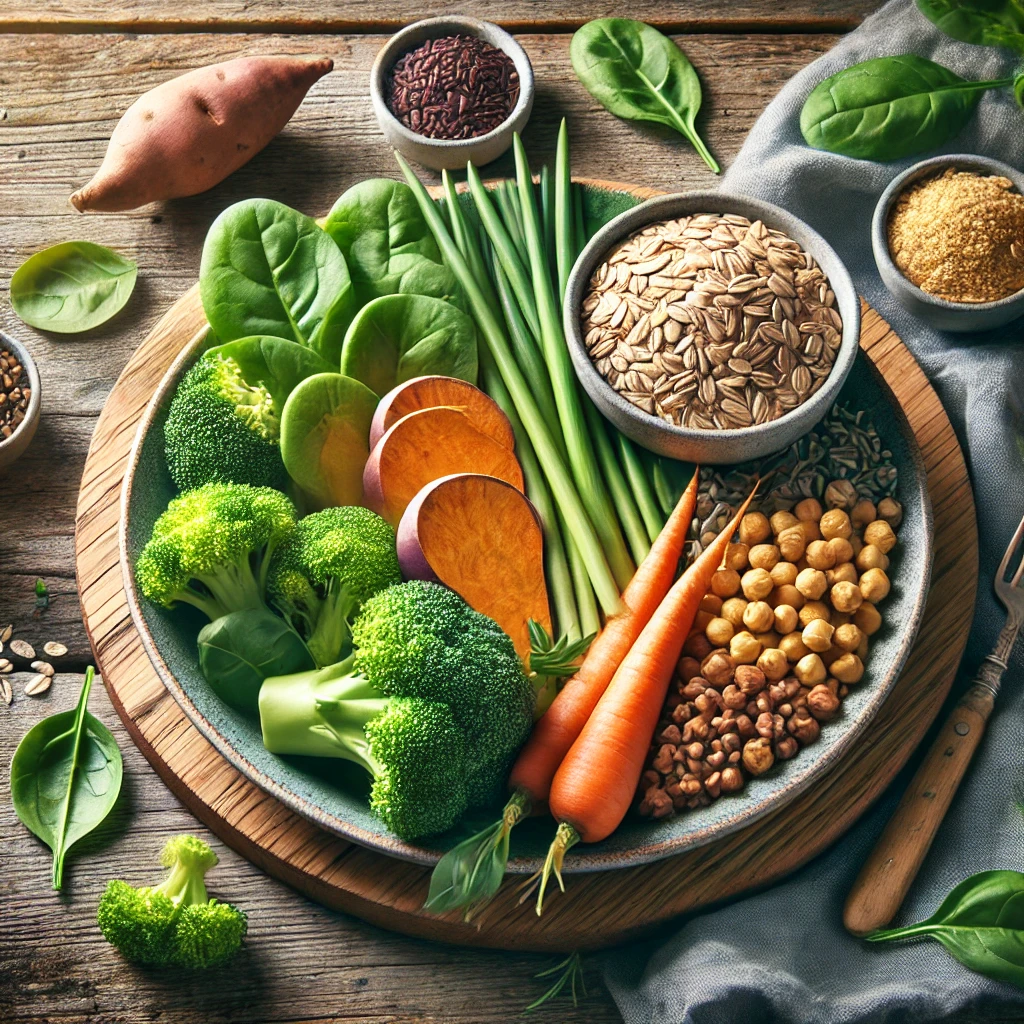Good Carbs vs. Bad Carbs: Differences and Recommendations
Carbohydrates are a vital source of energy for the body, but their effects on health depend on their type. They can be broadly classified into good carbs and bad carbs. Good Carbohydrates Definition: Rich in… Good Carbs vs. Bad Carbs: Differences and Recommendations
